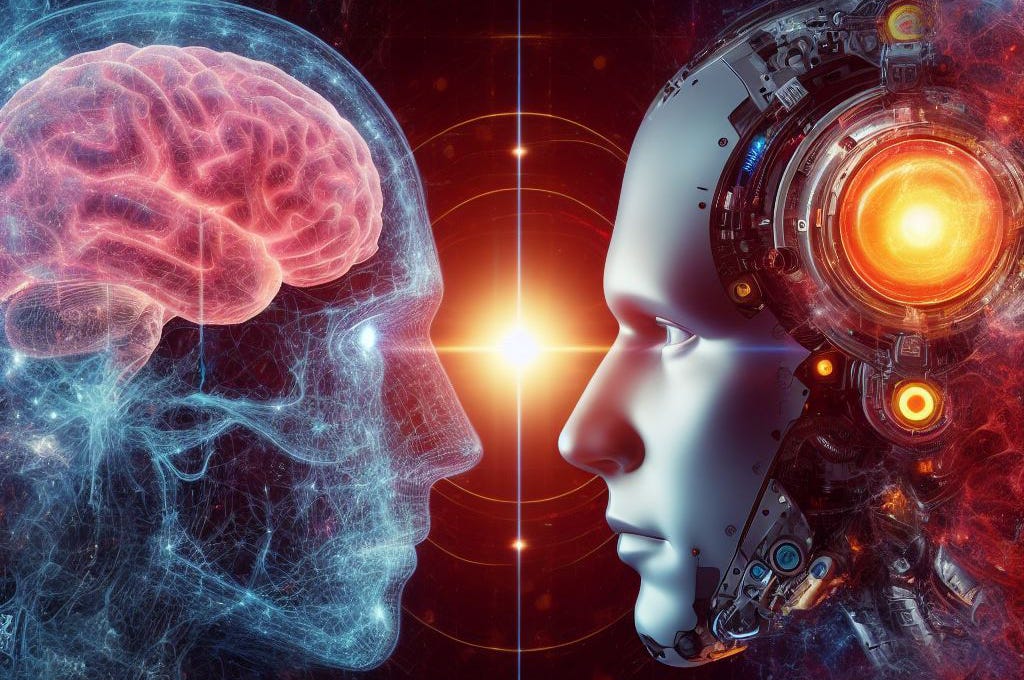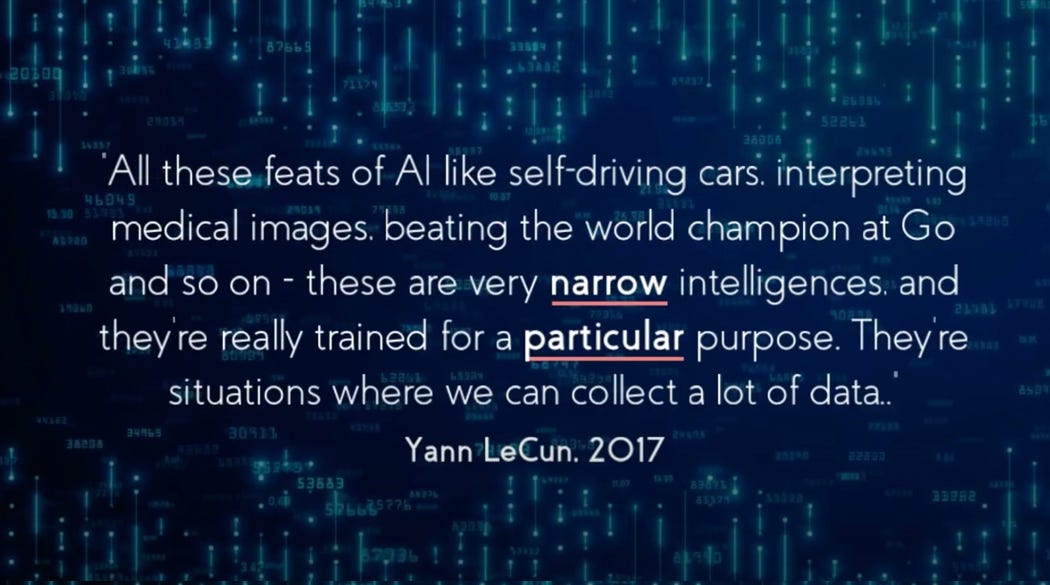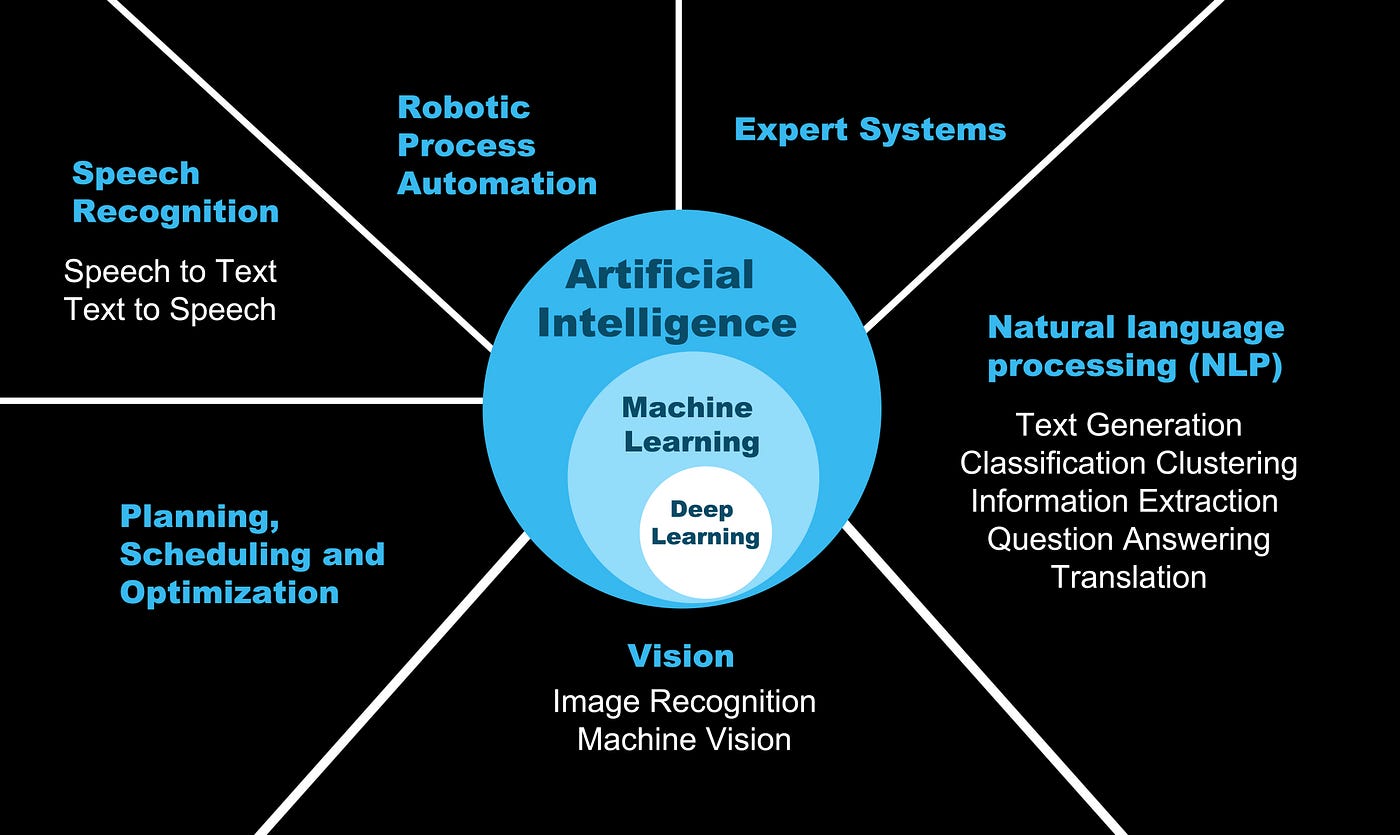
Generated with AI by Bing
Common sense, considered as a crucial element of human intelligence and decision-making, provides the foundational knowledge and reasoning skills that individuals rely on, in order to navigate the complexities of our daily lives. Common sense is developed and refined over time through a combination of innate cognitive abilities and learning experiences, making it a dynamic and evolving aspect of human cognition.
Examples of common sense knowledge include:
- Knowing that water is wet.
- Understanding that heavy objects are harder to lift.
- Recognizing that fire is hot and can burn.
- Being aware that people typically wear coats in cold weather.
- Understanding that it's polite to say "thank you" when someone helps you.
Imagine a newborn baby who has never encountered hot water before. They are placed in a room with a basin of hot water, but they have no prior knowledge of the temperature. When the baby touches the hot water, they experience pain and discomfort. This experience is essential for the development of common sense that all humans are expected to know. It is not something that individuals are born with but rather something they accumulate throughout their lives.
Scientists are still grappling with the challenge of creating a machine capable of emulating human common sense. The crux of the matter lies in the fact that a baby's common sense knowledge is built upon direct experiences, generalizations, and inferences drawn from those experiences. Machines, conversely, lack the ability to learn from experiences in the same manner. They depend on explicit data and programming to recognize and respond to potentially perilous situations, with their responses often rooted in statistical patterns rather than the kind of common sense reasoning employed by humans.
To equip AI systems with the capability to understand and reason about the world in a manner resembling human common sense, it is imperative to instruct machines in making context-aware decisions, deducing implications from situations, and manifesting a deeper understanding of the world akin to that of humans. Achieving this demands a continuous influx of substantial data, intricate calculations, and enhancements to machine learning algorithms, processes that are not only time-consuming but also financially burdensome.

"AI Chronicles: A Journey Through Time with Inspiring Quotes from AI Pioneers (1950--2023)"
To provide examples, in scenarios such as driving, it is essential for humans to apply common sense knowledge by:
- Coming to a stop at a red traffic light.
- Yielding the right of way to pedestrians at crosswalks.
- Signaling turns to indicate changes in direction.
- Reducing speed in adverse weather conditions like heavy rain, snow, or fog for safety.
- Maintaining a safe following distance to prevent rear-end collisions.
- Refraining from passing a school bus when its stop sign is extended.
- Adhering to speed limits and adjusting speed according to varying road conditions.
- Pulling over for emergency vehicles displaying lights and sounding sirens.
To replicate human common sense in the context of autonomous driving, it's crucial not only to teach machines to follow rules and recognize static objects like traffic signs but also to understand dynamic elements such as the behavior of other vehicles, pedestrians, and cyclists. These dynamic elements pose a significant challenge for machines to adapt to unexpected situations.
Consider an autonomous vehicle that encounters a rare and unexpected scenario on the road; this scenario needs to be input into the system. Machine common sense in driving should enable vehicles to adapt to dynamic situations in real-time, such as predicting the behavior of a pedestrian who suddenly steps off the sidewalk. Machines must continuously process a vast amount of real-time data and make quick decisions, mirroring human adaptability.
In some situations, common sense might involve ethical decisions, such as choosing between safety and efficiency. Determining when it's appropriate to prioritize safety can be a difficult challenge for machines to emulate without human-like ethical and moral judgment.
Below are situations that require machines to possess common sense knowledge, and they continue to pose ongoing challenges for AI researchers:
- A pedestrian suddenly darting across the road without obeying pedestrian signals.
- Drivers using eye contact or hand signals for communication in complex traffic situations.
- Dealing with extreme weather conditions such as flash floods or blizzards.
- Navigating unexpected obstructions like fallen trees or wildlife on the road.
- Managing a sudden brake failure that inevitably leads to a collision with either a group of pedestrians or a school bus full of children.
- Adhering to unique cultural norms, such as in the Netherlands where using the horn is reserved for genuine emergencies, and drivers often use lights instead of honking at night.
- Navigating through unfamiliar, remote, or unpaved roads.
As of now, the majority of autonomous vehicles in use or under development are at Level 2 or Level 3 automation. Level 2 involves features like adaptive cruise control and lane-keeping assistance, where the driver must still monitor the vehicle and be ready to take control. Level 3 allows the vehicle to manage most aspects of driving, but it may request the human driver to take over, and disengagement is required under certain conditions. The more advanced levels (Level 4 and Level 5) with full autonomy and common sense reasoning are still in the developmental stage and not available in today consumer market. Fully autonomous cars, which aim to possess human common sense, are still a long way from becoming a reality.

What are the different types of AI? What are the domains within AI and their real-world use?
Humans possess a vast repository of worldly knowledge developed through their life experiences. Teaching this breadth of knowledge to machines is a monumental task. Nevertheless, modern AI systems are typically designed for specific tasks and excel within those predefined domains. They exhibit intelligence in terms of processing data and making decisions within those domains. However, the absence of common sense may impede their ability to adapt to novel situations or comprehend context and nuances in the same way humans do.
So, whether AI can be considered "intelligence" depends on the context and the specific criteria you're using to define intelligence. Researchers and engineers often focus on developing AI for specific applications where common sense may be less relevant, and they continue to make significant advancements in these areas.